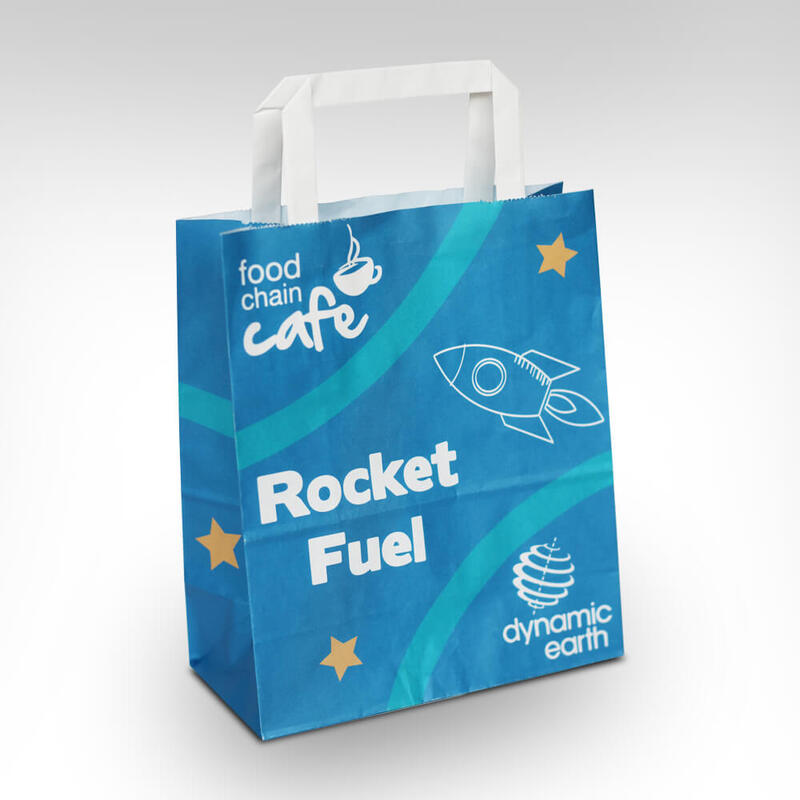Exploring the Innovations in Burger Packaging
In recent years, the fast-food industry has witnessed a significant transformation, not only in the culinary offerings but also in the way these delectable items are packaged. Among the most iconic fast-food items, burgers stand out as a symbol of culinary convenience, and with that, the need for effective, sustainable, and appealing packaging has become increasingly important. This article explores the innovations and trends in burger packaging, highlighting the balance between functionality, sustainability, and aesthetic appeal.
Traditionally, burger packaging consisted of simple cardboard boxes or paper wrappings, often lacking consideration for environmental impact. However, as consumer awareness regarding sustainability continues to rise, the burger packaging landscape has begun to evolve dramatically. Many fast-food chains and burger joints are now investing in eco-friendly materials, prioritizing biodegradable and compostable options over conventional plastic wrappers. For instance, companies are turning to materials like plant-based plastics, recycled paper, and even mushroom-based packaging, which not only reduce waste but also enhance the brand’s image as environmentally conscious.
Sustainability is not just about using the right materials; it's also about improving the design. Innovative packaging designs that keep burgers intact during transit have emerged, ensuring the taste and presentation remain intact for the consumer. Custom-fit burger boxes with secure closures prevent squishing, while compartments can separate various components of the burger, such as sauces or toppings, preserving freshness. This thoughtful design enhances the overall customer experience, responding to the growing demand for quality and presentation in fast food.
burger packaging

Furthermore, creativity in burger packaging can lead to improved branding and customer engagement. Many brands have begun integrating unique designs and vibrant colors into their packaging, transforming the mundane into the memorable. Packaging is increasingly viewed not just as a vessel for food but as a canvas for storytelling and marketing. For example, some brands have adopted playful themes or local artwork on their boxes, resonating with their target audience while simultaneously sparking social media interest. Such branding strategies not only promote recognition but also encourage customers to share their burger experiences online, effectively serving as free advertising.
The incorporation of technology into burger packaging is also gaining traction. QR codes printed on boxes can lead customers to promotional content, loyalty programs, or even information about the sourcing of ingredients. This approach not only enhances customer interaction but also educates them about the brand’s efforts toward sustainability and quality. As the digital age continues to influence consumer behavior, blending traditional packaging with technology can bridge the gap between the physical product and the digital experience.
In conclusion, as the burger industry continues to grow, the evolution of burger packaging reflects broader trends toward sustainability, functionality, and enhanced consumer experience. The shift from conventional packaging to innovative, eco-friendly solutions illustrates a growing recognition of the importance of responsible practices in the food industry. By embracing creative designs, sustainable materials, and technological advancements, burger brands can not only meet the expectations of today’s consumers but also contribute to a healthier planet. As we look ahead, the future of burger packaging appears to be both exciting and promising, offering endless possibilities for enhancing taste, convenience, and environmental responsibility.



